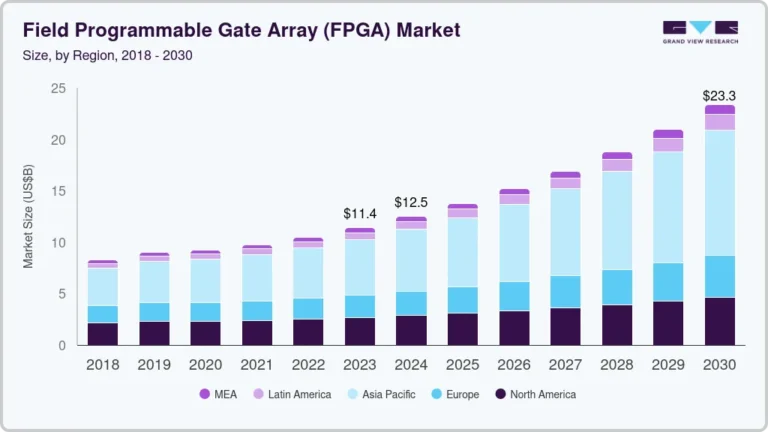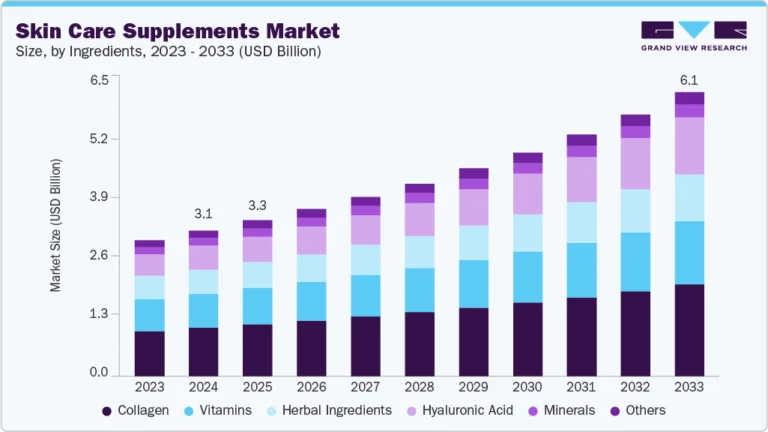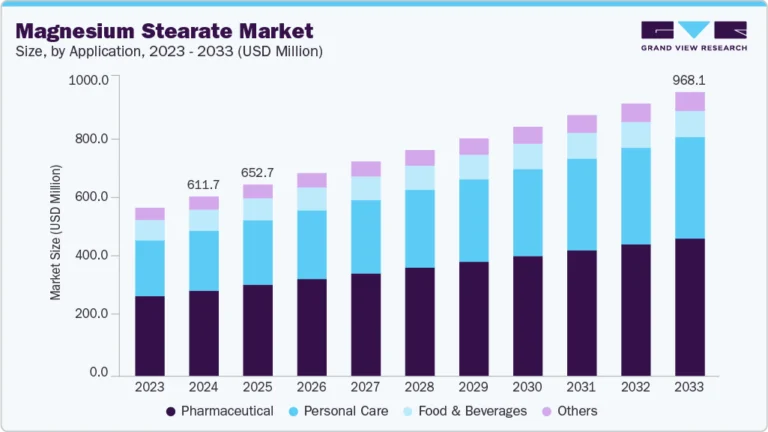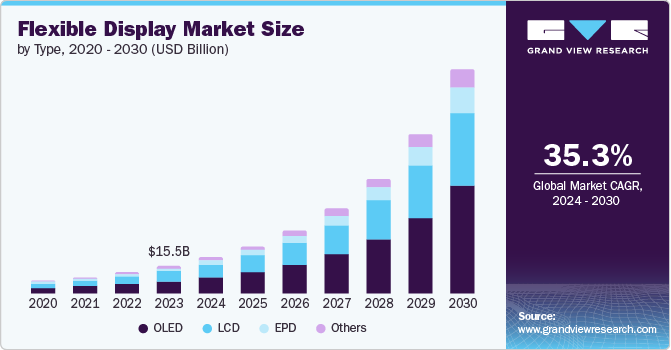E-Bike Market Size, Share, & Trends Analysis , growing at a CAGR of 10.3% from 2025 to 2030
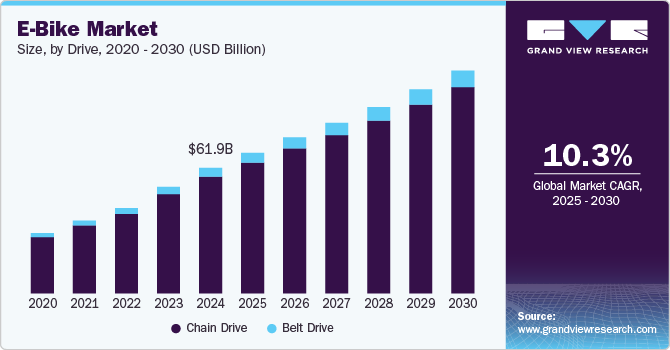
The global e-bike market size was estimated at USD 61.89 billion in 2024 and is projected to reach USD 113.64 billion by 2030, growing at a CAGR of 10.3% from 2025 to 2030. The market has experienced significant growth, driven by increasing consumer preference for sustainable mobility solutions, urbanization, and government incentives promoting clean transportation.
Key Market Trends & Insights
- Asia Pacific dominated the e-bike market with the largest revenue share of 58.84% in 2024.
- The e-bike market in the U.S. accounted for a significant share of North America in 2024.
- Based on drive, the chain drive segment led the market with the largest revenue share of 88.90% in 2024.
- Based on battery, the lithium-ion battery segment led the market with the largest revenue share of 82.87% in 2024.
- Based on end use, the personal segment led the market with the largest revenue share of 86.07% in 2024.
Market Size & Forecast
- 2024 Market Size: USD 61.89 billion
- 2030 Projected Market Size: USD 113.64 billion
- CAGR (2025-2030): 10.3%
- Asia Pacific: Largest market in 2024
- Europe: Fastest growing market
Request a free sample copy or view report summary: https://www.grandviewresearch.com/industry-analysis/e-bikes-market-report/request/rs1
Several governments are undertaking initiatives to mitigate carbon footprints by encouraging electric vehicles, bikes, and bicycles. The increasing awareness about the harmful effects of vehicles that run on fossil fuels also boosts this trend. Furthermore, governments are focused on constructing bicycle-friendly streets, encouraging individuals to choose bicycles as their mode of transport. Advancements in battery technology have been pivotal to the e-bike industry. The integration of lithium-ion batteries, which offer longer life cycles, faster charging, and greater energy density, has significantly enhanced e-bike performance. Emerging battery chemistries like Lithium-Iron Phosphate (LFP) are gaining traction for their safety and durability.
Simultaneously, innovations in motor technology, including mid-drive motors that provide better weight distribution and torque, are transforming the user experience. Connectivity features, such as app-based monitoring for performance and GPS navigation, are also becoming standard, aligning with the broader trend of smart mobility.
Another transformative trend is the development of lightweight materials and aerodynamic designs. Manufacturers are leveraging carbon fiber frames and modular components to reduce the overall weight of e-bikes, making them more efficient and appealing to a broader customer base. In addition, integration with IoT-enabled systems is enabling real-time diagnostics and remote assistance, further enhancing the reliability and convenience of e-bikes.
Despite the market’s growth potential, high upfront costs remain a significant barrier to adoption, particularly in developing regions. The reliance on premium materials, advanced battery systems, and sophisticated electronics drives up production costs, resulting in elevated retail prices. Furthermore, inadequate charging infrastructure and limited awareness in certain markets hinder broader adoption.

